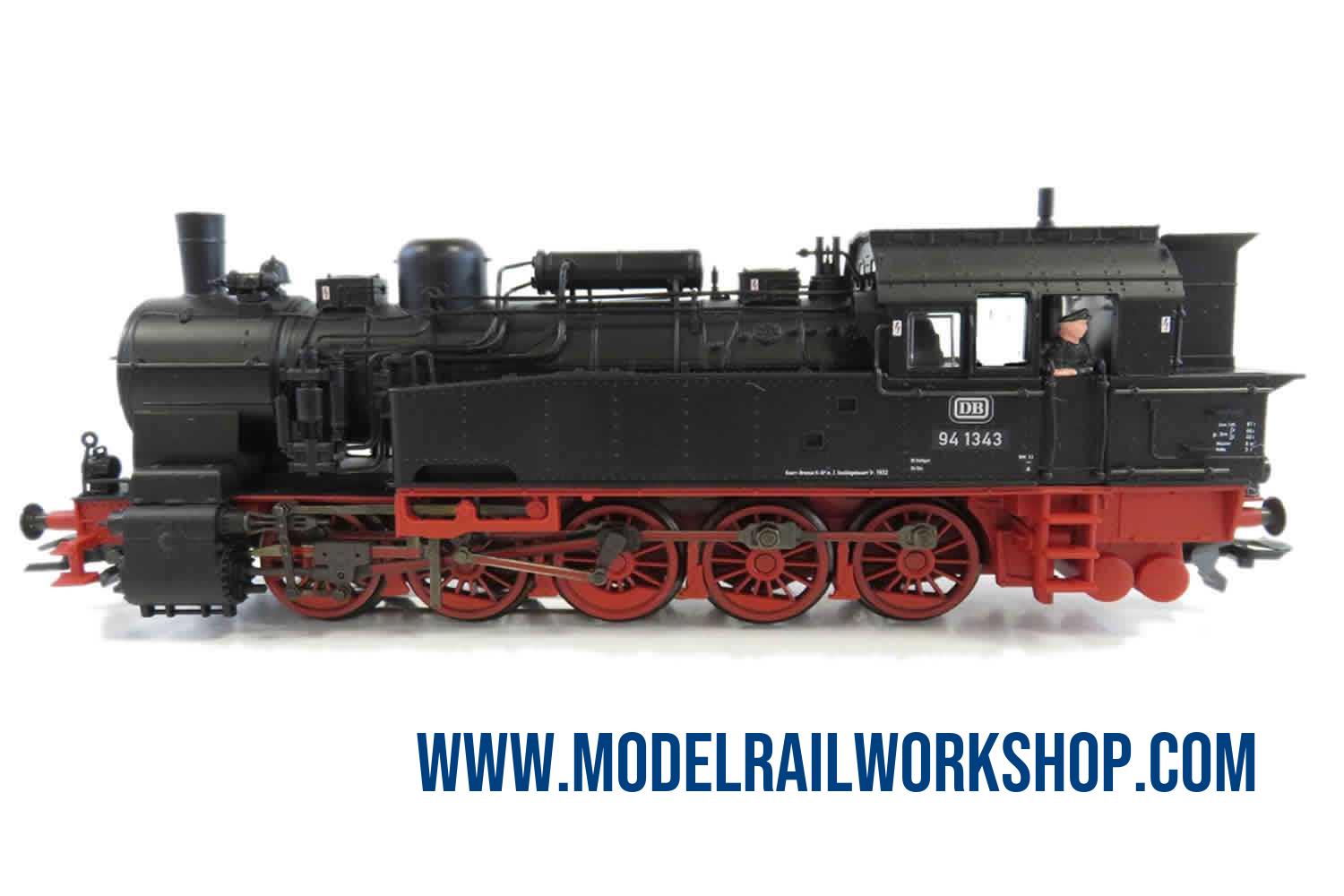
| KEY DATA | |
|---|---|
| Product Name | 37160 Steam locomotive - class BR94 |
| Object type | Locomotive-Steam tender |
| Product Line | Märklin |
| Era | 1945-1970 (III) |
| Manufactured years | 2012-2013 |
| Text on object | DB |
| Number on object | 94 1343 |
| Classification | BR94 |
| Type of housing | Metal/Synthetic |
| Length | 14.6 cm |
| Technology | Digital MFX |
| Railway company | DE-DB |
| Märklin RRP (Year) | 330€ (2012) |
| Koll valuation (Year) | 190€ (2022) |
| Url to Märklin | Klick to GoTo www.maerklin.de |
| Description | |
|---|---|